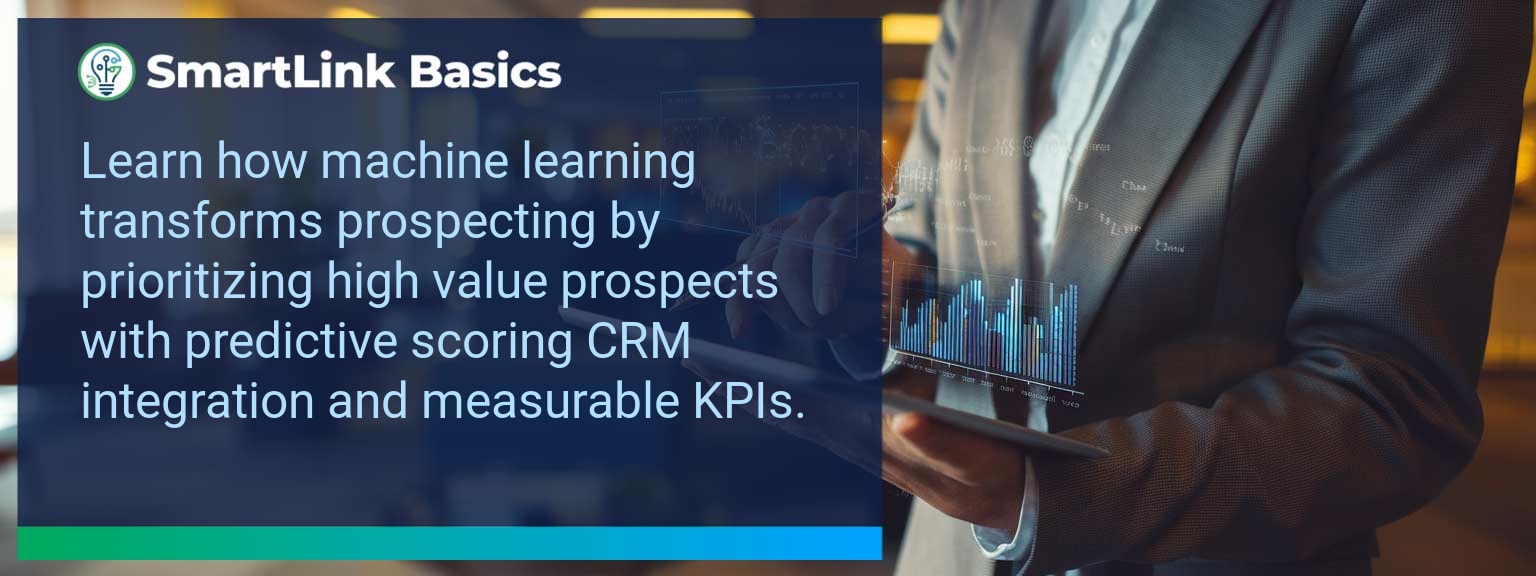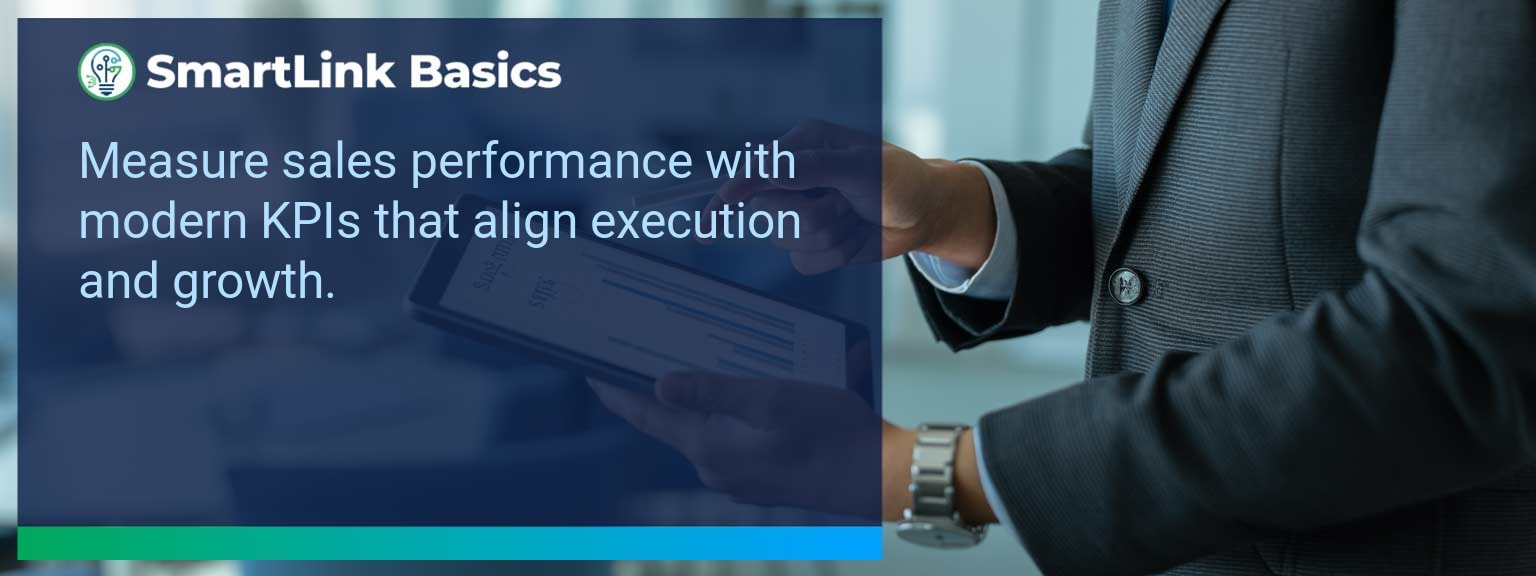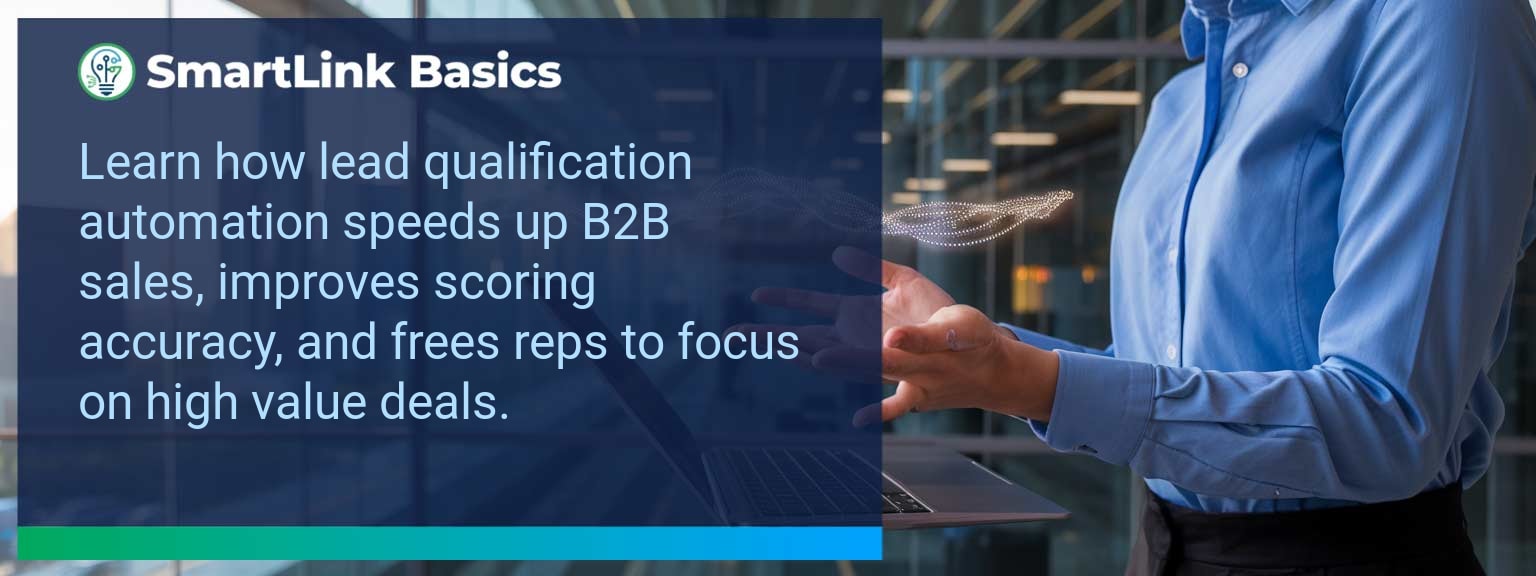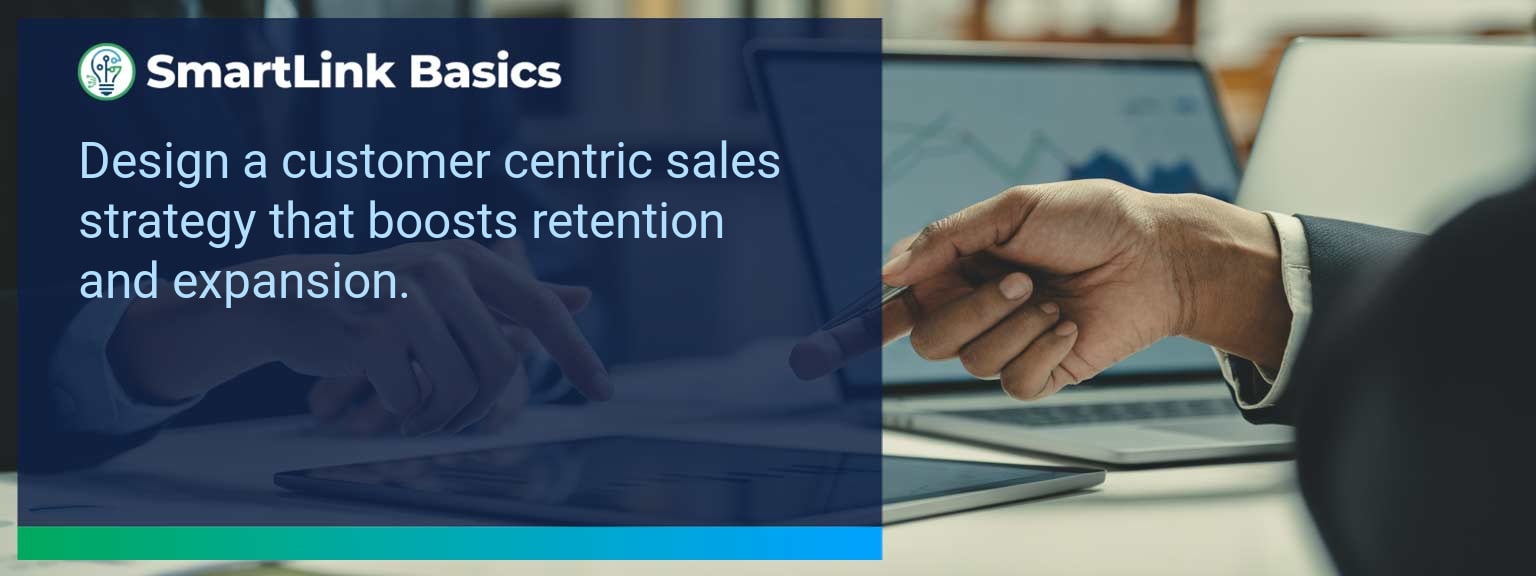Industry data shows that organizations adopting AI-driven automation achieve cost reductions of up to 30% while accelerating sales cycles by 20% or more (McKinsey, 2024). For sales leaders, AI automated workflows now define competitive advantage, enabling teams to reallocate time from repetitive tasks to high-value engagements. At SmartLink Basics, we help decision-makers implement these systems strategically, ensuring they integrate with existing revenue operations. In this article, you’ll see how AI automated workflows power business outcomes, the common obstacles that slow adoption, and practical steps to optimize processes. You’ll walk away with proven examples, a 90-day action blueprint, and measurable KPIs to track results.
- Automate repetitive administrative and CRM updates with AI.
- Integrate machine learning to personalize outreach at scale.
- Streamline approvals, quotes, and contract workflows for speed.
- Use predictive analytics to prioritize sales opportunities.
- Track adoption and performance with targeted metrics.
AI Automated Workflows: What Changed and Why It Matters
AI adoption has shifted from experimental to operational, making automated workflows a standard in high-performing sales organizations. The real advantage lies in combining workflow automation with artificial intelligence workflows to optimize every step of the revenue process. Sales leaders now use AI to synchronize touchpoints, reduce manual inputs, and ensure faster execution. For example, a B2B SaaS leader introduced automated lead enrichment and routing, cutting qualification time by 60%. Actionable insight: Audit processes for time-intensive handoffs and apply AI where repeatability is high.Redesign the Revenue Operating System With AI Automated Workflows
ICP, Segmentation, and Targeting AI-enabled segmentation uses historical wins, firmographic, and behavioral data to dynamically update ICP profiles. This ensures targeting precision without quarterly re-work. Pipeline Architecture Automated workflows push opportunities through the right stages based on engagement signals. AI flags at-risk deals for intervention. Plays and Messaging Integrated automation tools deliver personalized sequences based on buyer activity, increasing relevance at every touchpoint. Operating Cadence AI schedules follow-ups, forecast calls, and account reviews based on actual pipeline movement rather than static calendars. Actionable insight: Implement automation that adapts in real-time to both internal and buyer-driven events.Common Obstacles To Achieving Seamless Automation
The most frequent challenges are fragmented systems, inconsistent data quality, and cultural resistance. Without a unified data layer, automation amplifies errors rather than solving them. Coca-Cola Europacific Partners reported needing a full data governance upgrade before AI could improve sales workflows. Leaders must first assess infrastructure readiness and train teams to trust AI-influenced recommendations. Actionable insight: Before deployment, establish clean data practices and a single source of truth.Implementing AI To Optimize Workflows
Effective deployment of AI process optimization starts with mapping current-state processes, identifying friction points, and matching them with automation tools. For example, automating proposal generation based on CRM opportunity data can reduce turnaround from three days to one hour. Solutions combining business process automation platforms with machine learning integration enable continuous performance improvement. Actionable insight: Pilot in one high-impact stage, measure, and then expand.Tangible Benefits From Automated Processes
The benefits extend beyond time savings — sales leaders gain a scalable system. Tangible outcomes include faster quote-to-close, higher lead conversion, and better forecast accuracy. A manufacturing firm implemented AI-assisted order processing and cut errors by 40%, improving on-time delivery rates. Actionable insight: Track both speed and accuracy to measure workflow automation effectiveness.Metrics That Matter
| Category | Metric | Definition | Target |
|---|---|---|---|
| Leading | Workflow Completion Rate | % of automated sequences executed without manual intervention | 95%+ |
| Leading | AI Suggestion Adoption Rate | % of AI-generated action recommendations executed by reps | 80%+ |
| Lagging | Cycle Time Reduction | Decrease in time from lead entry to closed-won | 20%+ |
| Lagging | Revenue Per Rep | Average sales revenue generated per sales rep per quarter | +15% YoY |
| Quality | Automation Error Rate | % of workflows that trigger incorrect outcomes | <1% |
| Quality | Customer Satisfaction Post-Automation | Average CSAT score after automation implementation | ≥ 4.5/5 |
Innovations And Next Steps For AI Automation
Emerging capabilities like AI-generated playbooks, intent-driven dynamic routing, and integrated AR for virtual product demos are shaping the next wave of sales automation. Companies integrating these tools early will outpace competitors in speed and personalization. Actionable insight: Stay ahead by testing emerging automation features quarterly and aligning them with evolving buyer expectations.Get the 90-day plan, coaching rubric, and dashboard template to operationalize AI in your enablement program.
Turning AI Automation Into a Revenue Multiplier
AI automated workflows are now a strategic lever for predictable, scalable growth. This guide outlined current applications, adoption challenges, a 90-day execution plan, and measurable success criteria. To make automation pay off, sales leaders should integrate tools into one cohesive operating system and review results monthly for continuous improvement. Access more AI-driven sales enablement resources from SmartLink Basics to design a high-performance automation strategy. Strong sales leadership determines whether a team consistently meets or misses its targets. At SmartLink Basics, we’ve seen that leaders who master both motivation and adaptability are the ones driving sustained growth. Sales leaders today face the dual challenge of inspiring highly diverse teams while equipping them to thrive in rapidly evolving markets. Addressing cultural differences, skill gaps, and shifting buyer expectations requires intentional, well-planned leadership approaches. This article explores proven sales leadership strategies to engage diverse teams, strengthen core competencies, and prepare your organization for the challenges ahead. You’ll gain practical frameworks to remove performance barriers, deploy high-impact coaching, and measure progress effectively.- Clarify a unifying vision and objectives for the sales team.
- Leverage cultural and experiential diversity as a performance asset.
- Implement structured coaching and feedback loops.
- Use clear performance metrics to track both short- and long-term progress.
- Develop future-ready skills with ongoing learning and simulation exercises.
Overcoming Barriers To Team Motivation
Motivating a diverse sales team often requires dismantling hidden barriers. Differences in communication style, generational expectations, and market experience can create friction if left unaddressed. The most effective leaders make inclusion a deliberate part of their sales team management framework. For example, aligning incentive structures with both team and individual motivators ensures no segment of the team feels undervalued. In one enterprise technology sales team, adapting recognition programs to include peer-nominated awards significantly improved engagement within six weeks. Actionable takeaway: Conduct quarterly culture and engagement audits to identify unspoken blockers to collaboration and morale.Implementing Proven Leadership Strategies
Leaders who intentionally design their operating playbook see stronger execution. Four pillars consistently separate top-quartile performance from the rest: ICP, Segmentation, and Targeting: Clarify who your ideal customer is and match segments to your sales team’s strengths. This maximizes opportunity coverage without overextending resources. Pipeline Architecture: Balance prospecting, mid-cycle, and closing activities to avoid end-of-quarter revenue crunches. Plays and Messaging: Standardize the most effective approaches to specific verticals or scenarios; review bi-monthly for relevance. Operating Cadence: Establish predictable meeting and review cycles to keep priorities visible. Example: A B2B SaaS company increased win rate by 12% after aligning its messaging library with updated buyer personas. Actionable takeaway: Treat your operating model as a living system that evolves quarterly.Measuring The Impact On Team Performance
Without precise measurement, leaders cannot confirm whether their efforts move the needle. The most effective sales leadership skills emphasize measurable progress on both leading and lagging indicators. An advanced dashboard often includes opportunity-to-close conversion, average deal cycle length, and team-wide skill assessment scores. For example, reducing the proposal cycle by two days improved close rates for a medical device sales team by 9%. Actionable takeaway: Use data to validate coaching and process changes before scaling them across the organization.| Category | Metric | Definition | Target |
|---|---|---|---|
| Leading | Pipeline Coverage Ratio | Value of open opportunities vs. quota | 3:1 minimum |
| Lagging | Quota Attainment % | Percentage of reps hitting quota | 85%+ per quarter |
| Quality | Win Rate | Closed-won deals vs. total closed deals | 35%+ |
Preparing Sales Leaders For Tomorrow’s Challenges
Future-ready leaders anticipate market shifts and skill demands before they become urgent. This involves integrating sales motivation techniques directly into continuous training and scenario planning. Emerging trends such as AI tools, subscription-based models, and buyer self-education require leaders to develop digital fluency and adaptability in their teams. Example: Implementing quarterly role-play simulations around market disruptions helped one industrial sales team retain performance during supply chain shortages. Actionable takeaway: Include both tactical skill-building and strategic foresight in leadership development programs.Get the 90-day plan, coaching rubric, and dashboard template to operationalize AI in your enablement program.









